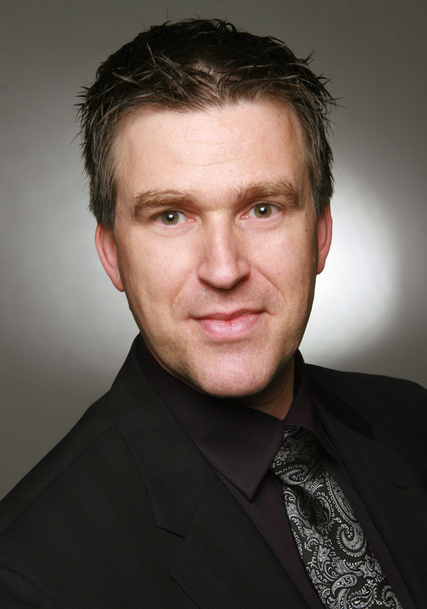Get2Know
Meet the Team

Jürgen Stauvermann | Software Developer
Your job in the Vaillant Group in one or two sentences:
The API Developer Programme is still rather new, so one of my main tasks is to raise the awareness and help partners as well as parts of our internal organization to identify, where IoT data via our APIs can add benefits to their business. My day-to-day job is partnerships management, technical support for API integration and facilitation of our international VG API community. On the other side, I am also closely working with the API product team.
How does your day begin in the morning?
I get up relatively early, have a leisurely breakfast and then around 8 a.m. check my emails and Slack messages. Then I see to the so-called pull requests, which are mutual assessments of developments in terms of security, efficiency and correctness. I officially get started at 9.15 a.m. with the daily, which is when the entire team of developers gets together to discuss the work issues of the day. The daily meeting is also an opportunity for team members to share their knowledge – in accordance with our scrum working method.
Which aspects of the scrum working method are important to you?
In terms of software development, what’s important to us is the flexibility and agility necessary to respond to changes, which is why we value a well-developed culture of exchange both internally and externally, as well as lots of feedback loops and a great deal of transparency. This allows us to make quick adjustments whenever required to optimise our API service as part of the complex development process.
What heating data and information can the Vaillant API service currently transmit?
There are already many and different kinds of data, including outdoor and room temperature, preselected temperature, domestic hot water temperature, connection and operating status, energy consumption and water pressure. There are also so-called schedules, which are uploaded usage and time profiles. There are around 63 data points at present. And this number is only growing. Depending on the data features one of our internal or external partners is interested in, we continue developing accordingly. Water pressure, for example, is very interesting for our Data Analytics team, which is developing predictive maintenance on the basis of this and other information.
What exactly does predictive maintenance offer?
Most importantly, a variety of early warning functions. With water pressure, for example, we try to determine in advance when the water in a heating unit will need to be topped up. Other data analyses provide information about which spare parts will likely be required for a service call. This also includes repair instructions. The Data Analytics team also uses data about our heating systems that we prepare – in other words, information from tens of thousands of smart controls of the eRELAX, vSMART and MiGo series.
What motivates you in your job?
Developing software that others like to use because it offers them concrete benefits. And the fact that my job allows me to keep learning all the time, remain flexible in my mind, think outside the box and risk doing new things.